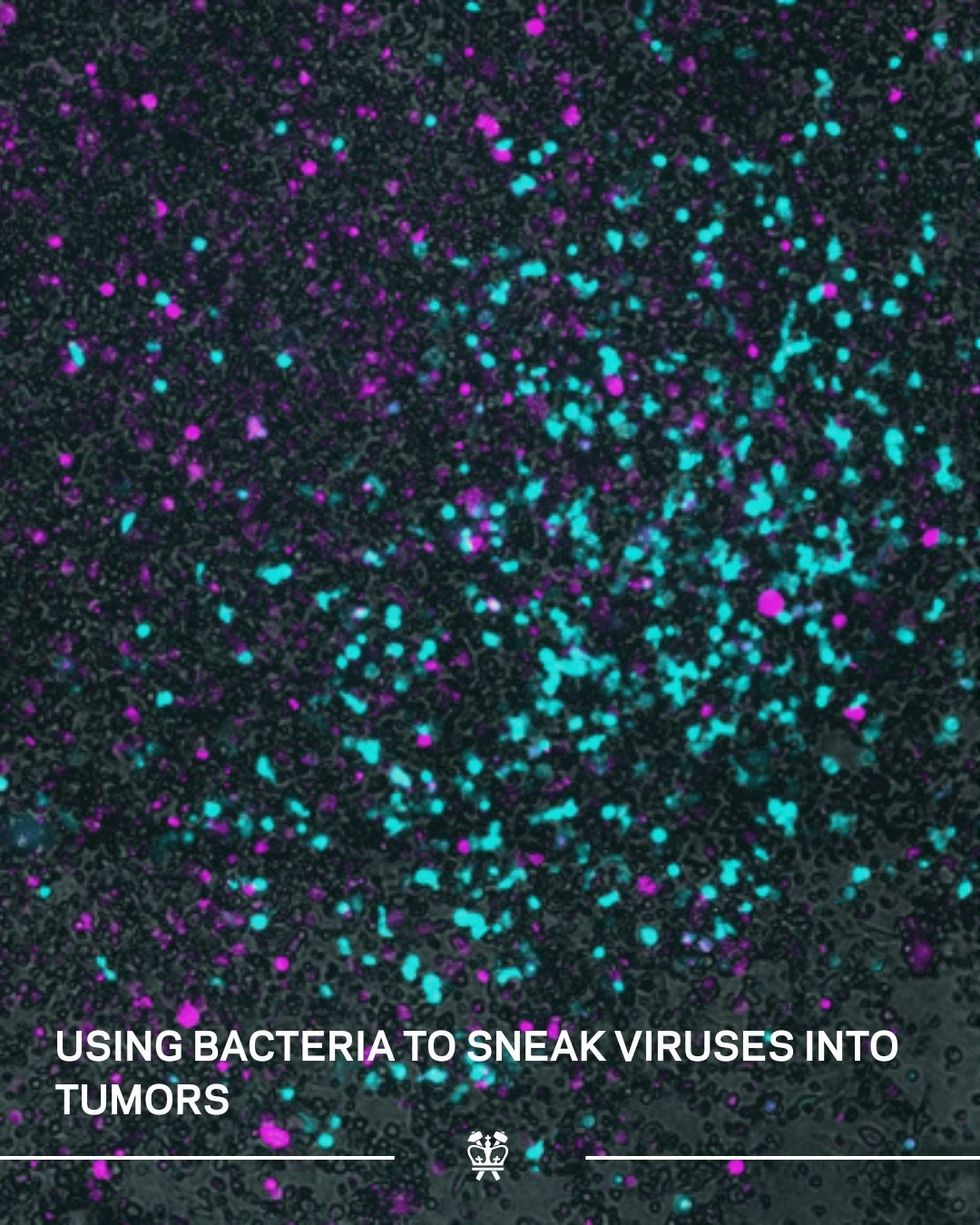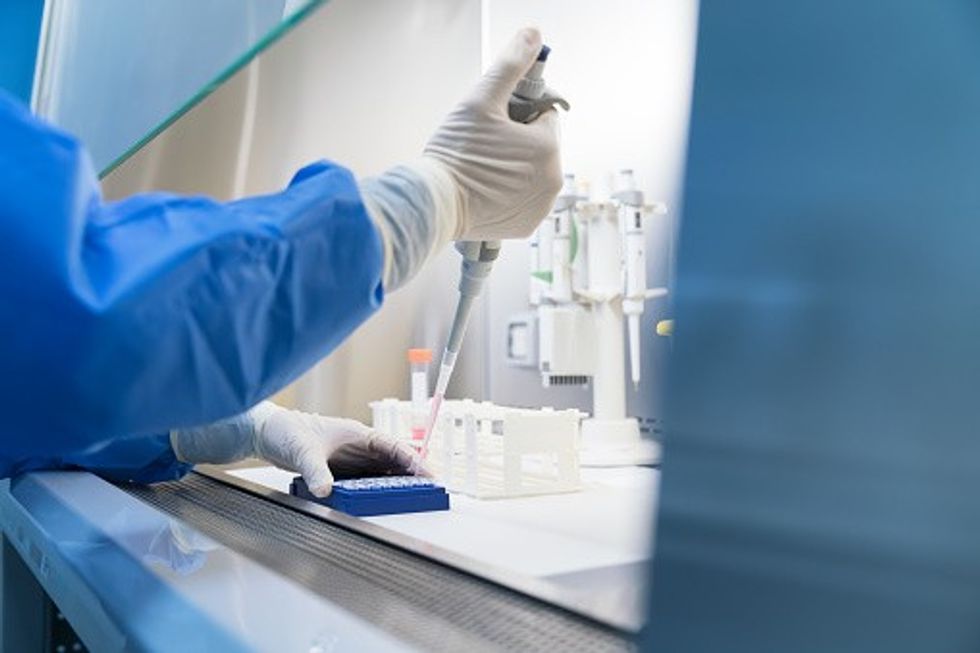Cancer-killing bacteria could be next 'Trojan horse' of treatments, scientists reveal
The approach is becoming increasingly common as research confirms bacteria as an effective 'invisibility cloak'
Don't Miss
Most Read
Latest
Scientists at Columbia Engineering have created an innovative cancer therapy that harnesses bacteria to sneak viruses into tumours - without detection by the body's usual immune defences.
The remarkable findings, published in Nature Biomedical Engineering, have revealed how the system conceals viruses within tumour-seeking bacteria, effectively smuggling them past immune surveillance before releasing them inside malignant growths.
Associate professor of biomedical engineering at Columbia Engineering Tal Danino spearheaded the development alongside virologist Charles Rice from The Rockefeller University.
**ARE YOU READING THIS ON OUR APP? DOWNLOAD NOW FOR THE BEST GB NEWS EXPERIENCE**

The technology has been successfully validated in mice so far
|@CUSEAS/X
So far, the technology has been successfully validated in mice while the researchers work to incorporate multiple safety mechanisms to prevent viral spread beyond targeted tumours.
The engineered bacteria function as biological "Trojan horses", as described by the researchers, infiltrating tumours before releasing their viral cargo directly into cancer cells.
The academics used Salmonella typhimurium, which naturally gravitates towards the oxygen-depleted, nutrient-dense conditions found within tumours.
"The bacteria act as an invisibility cloak, hiding the virus from circulating antibodies, and ferrying the virus to where it is needed," co-lead author and former postdoctoral researcher in Danino's laboratory Zakary Singer explained.
Once inside malignant tissue, the bacteria penetrate cancer cells and self-destruct, liberating the viral genetic material.
"We programmed the bacteria to act as a Trojan horse by shuttling the viral RNA into tumours and then lyse themselves directly inside of cancer cells to release the viral genome, which could then spread between cancer cells," the researcher explained.
LATEST DEVELOPMENTS
"Spreadable viral particles could only form in the vicinity of bacteria, which are needed to provide special machinery essential for viral maturation in the engineered virus, providing a synthetic dependence between microbes," Mr Singer explained.
This design ensures that even if viruses escape the tumour site, they cannot replicate in healthy tissue where bacteria are absent.
"It is systems like these - specifically oriented towards enhancing the safety of these living therapies -that will be essential for translating these advances into the clinic," Singer notes.
The approach uses the complementary characteristics of both microorganisms; while bacteria possess an inherent ability to locate and colonise tumours, viruses excel at infecting and eliminating malignant cells.

Once inside malignant tissue, the bacteria self-destruct to release the viruses
|GETTY
"We aimed to enhance bacterial cancer therapy by enabling the bacteria to deliver and activate a therapeutic virus directly inside tumour cells, while engineering safeguards to limit viral spread outside the tumour," co-lead author Jonathan Pabón said.
The platform battles a significant obstacle in oncolytic virus therapy: pre-existing immunity.
"Our system demonstrates that bacteria can potentially be used to launch an oncolytic virus to treat solid tumours in patients who have developed immunity to these viruses," Mr Pabón explained.
"As a physician-scientist, my goal is to bring living medicines into the clinic," the co-author added. "Efforts toward clinical translation are currently underway to translate our technology out of the lab."
Mr Danino has dubbed the platform "probably our most technically advanced and novel platform to date". The team has filed a patent application with the US Patent and Trademark Office for their innovation.











